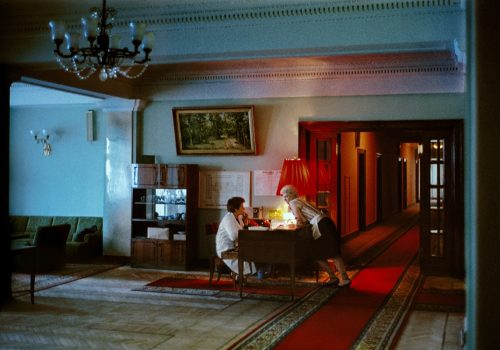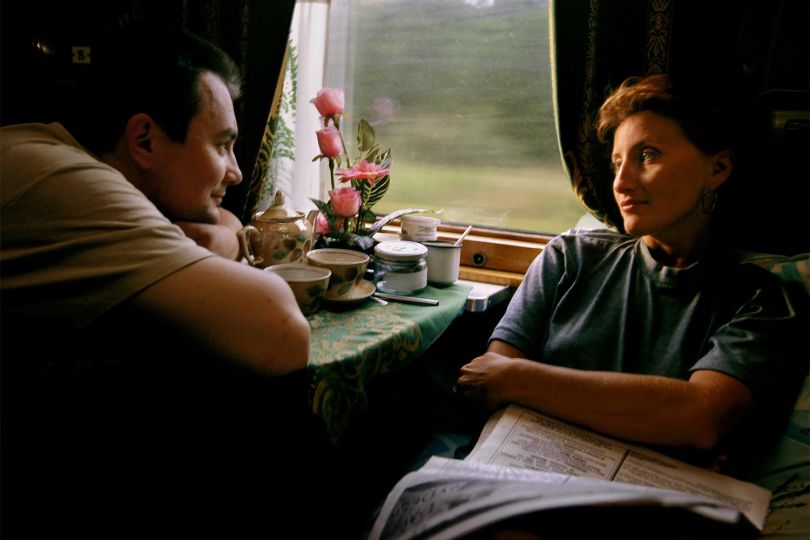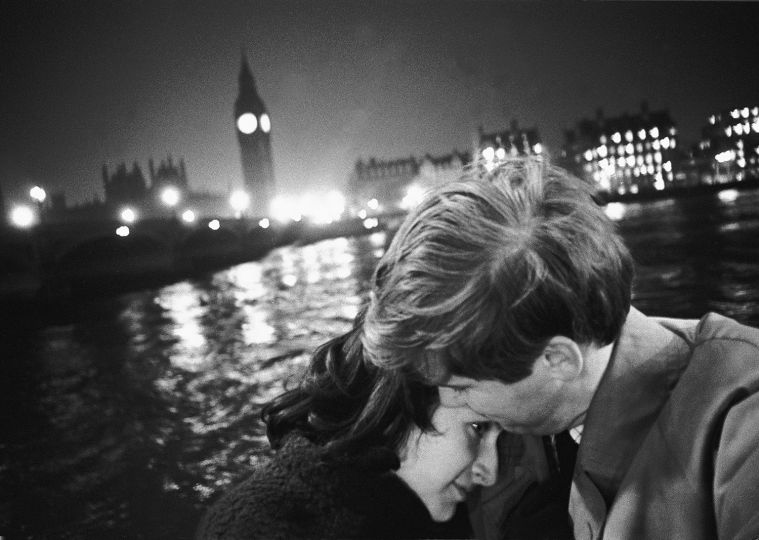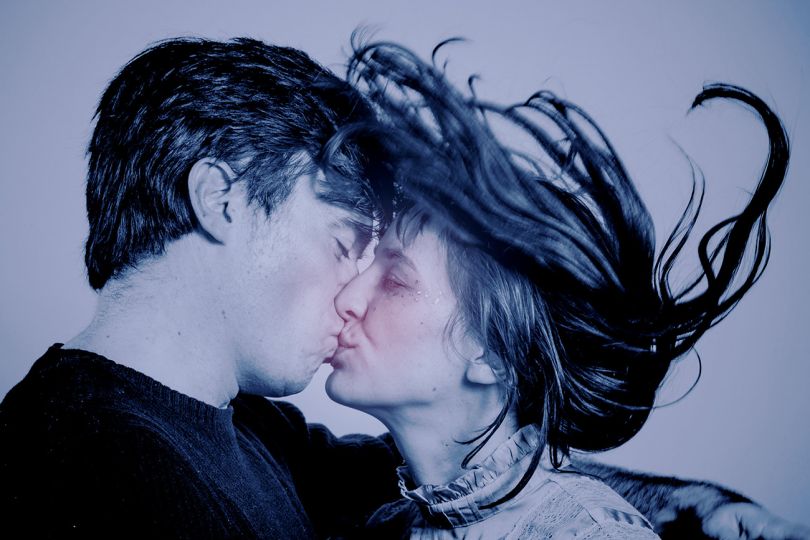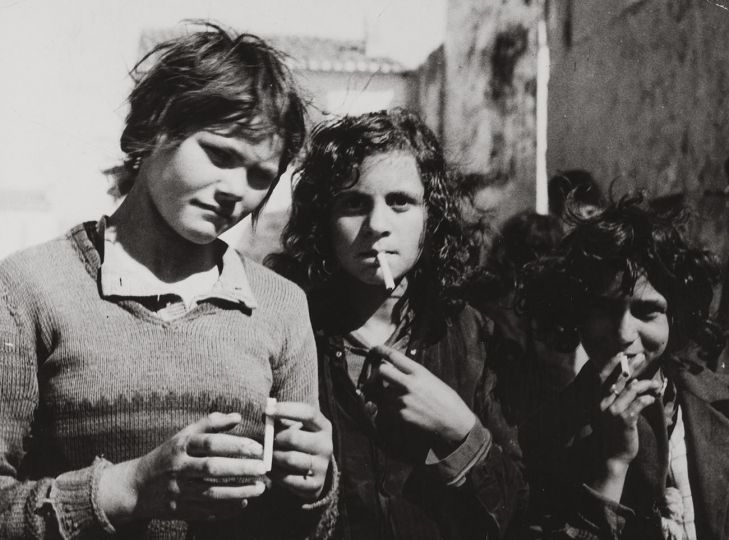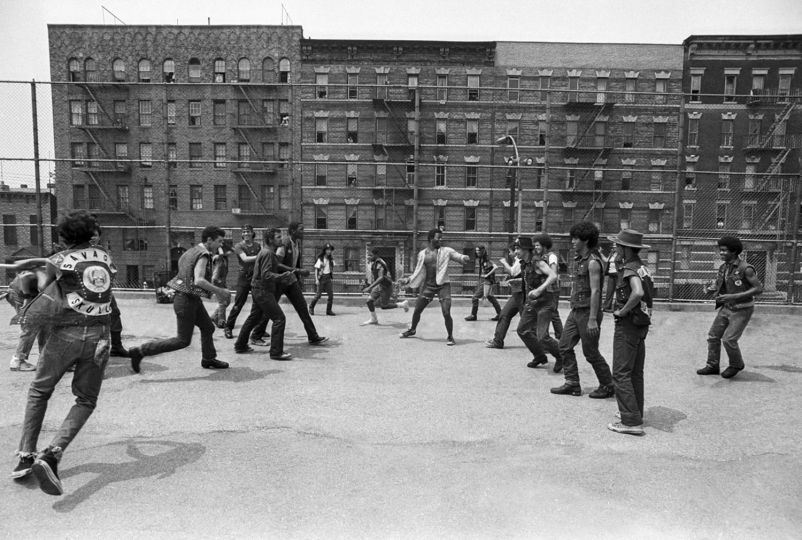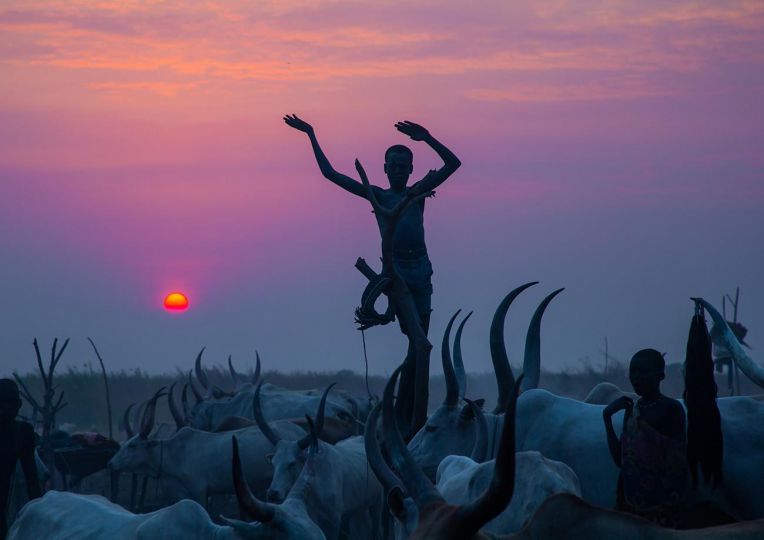At a time when the world was politically divided into East and West, Magnum photographer Harry Gruyaert’s quest for light and sensuality led him to capture the colours of two very different worlds: the vibrant glitziness of Las Vegas and Los Angeles in 1981 and the austere restraint of Moscow in 1989, just before the fall of the Soviet Union. Harry Gruyaert: East / West, published by Thames & Hudson, is a remarkable journey of contrasts and contradictions now published in two stripped volumes. The book reproduces nearly a hundred photographs of these two series, of which seventy are new images.
This article is reserved for subscribed members only. If you are already a member, you can log in here below.
Subscribe for full access to The Eye of Photography archives!
That’s thousands of images and articles, documenting the history of the medium of photography and its evolution during the last decade, through a unique daily journal. Explore how photography, as an art and as a social phenomenon, continue to define our experience of the world. Two offers are available.
Subscribe either monthly for 8 euros (€) or annually for 79 euros (€) (2 months offered).

